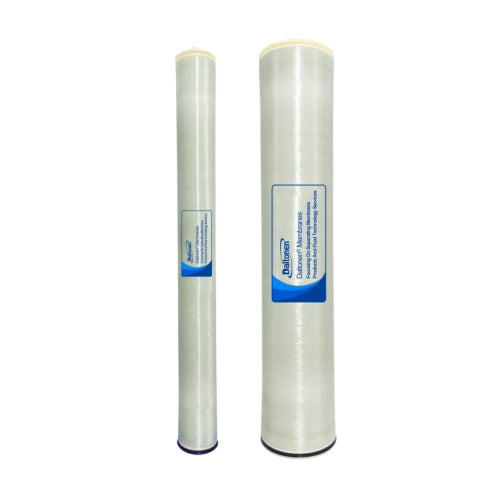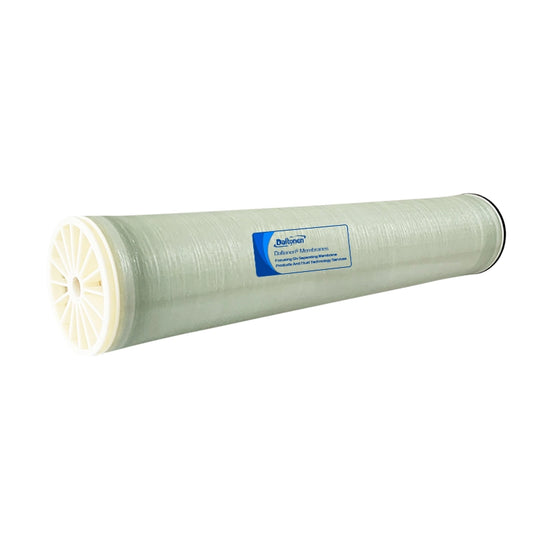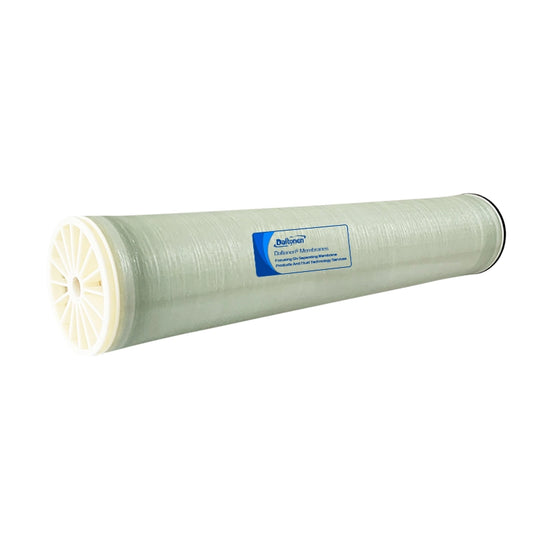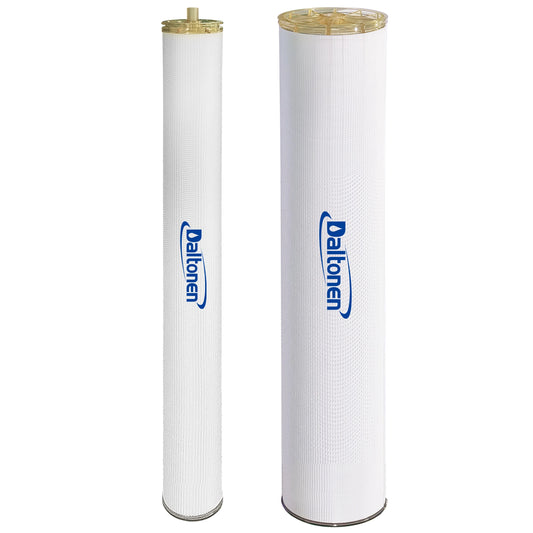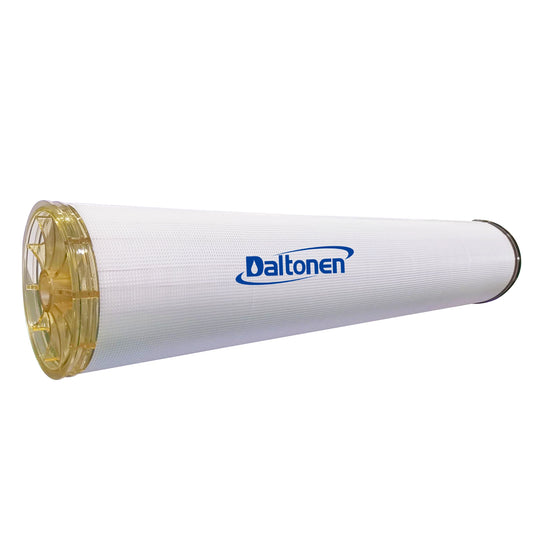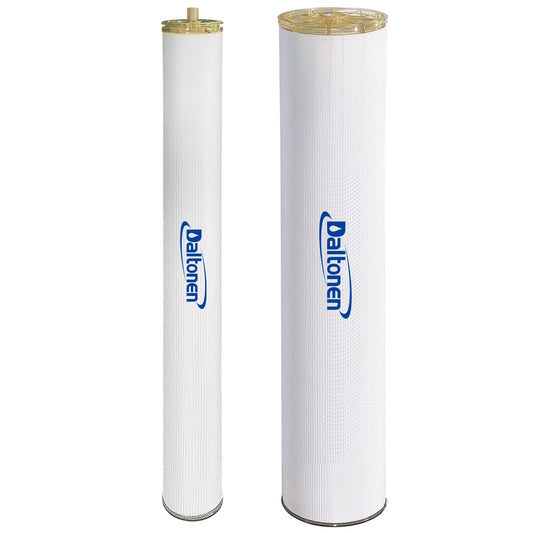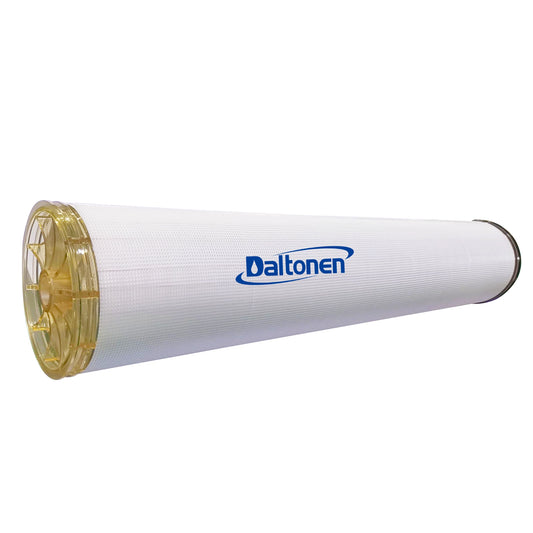Process Design Scheme for Reverse Osmosis System in Residential Community Drinking Water Supply
Process Design Scheme for Reverse Osmosis System in Residential Community Drinking Water Supply
1.0 Design Basis and Objectives
-
Source Water:Municipal Tap Water
-
Design Capacity:Water Production 5 - 20 m³/h(Suitable for 500-2000 households)
-
System Feed Water Quality:Complies with the "Standards for Drinking Water Quality" (GB 5749-2022), but may have the following issues:
-
High Hardness (scale)
-
Chlorine taste and odor
-
High TDS (puckery taste)
-
Risk of secondary contamination from the distribution network (iron rust, microorganisms)
-
-
Product Water Goal:High-Quality Direct Drinking Water, with a sweet taste and enhanced safety.
-
Key Parameters:TDS < 50 mg/L, Turbidity < 0.1 NTU, free of chlorine taste, microbiological indicators superior to the national standard.
-
-
Core Process:Pretreatment + Reverse Osmosis (RO) + Post-Mineralization
-
Design Philosophy:Integrates safety, health, and taste. The system features a high degree of automation for convenient property management maintenance.
2.0 Process Flow Design
The flowchart below clearly illustrates the complete process from the community's municipal water supply connection to the point of use in each household, highlighting the critical role of post-mineralization in improving taste.
flowchart TD
subgraph PreTreatment[Pretreatment System - RO Membrane Protection]
A[Community Municipal Supply] --> B[Raw Water Tank];
B --> C[Raw Water Pump];
C --> D[Quartz Sand Filter];
D --> E[Activated Carbon Filter];
E --> F[Water Softener<br>Optional];
F --> G[Cartridge Filter<br>5μm];
end
subgraph RO[Core Desalination System]
G --> H[RO High-Pressure Pump];
H --> I[Reverse Osmosis RO Unit];
I -- Concentrate --> J[Recovery or Drain];
I -- Permeate --> K[RO Permeate Tank];
end
subgraph PostTreatment[Post-Treatment & Taste Adjustment]
K --> L[Post-Mineralizer<br>Calcite Contact];
L --> M[UV Sterilizer];
M --> N[Direct Drinking Water Supply Pump];
N --> O[Dedicated Direct Drinking Water Pipeline Network];
O --> P[Household Water Meter];
end
Step-by-Step Process Explanation:
1. Pretreatment System (Protecting RO Membrane Life)
-
Purpose:Remove impurities from tap water to ensure safe feed water for the RO membrane, preventing membrane fouling and oxidation.
-
Quartz Sand Filter:Removes particulate impurities such as sediment, iron rust, and suspended solids.
-
Activated Carbon Filter:Core Unit.Efficiently adsorbs residual chlorine, color, and odor, protecting the RO membrane from irreversible oxidative damage and significantly improving water taste.
-
Water Softener (Optional):Recommended if local tap water has high hardness (scale). Removes calcium and magnesium ions via ion exchange resin to prevent RO membrane scaling and extend cleaning cycles.
-
Cartridge Filter:5μm precision filter cartridge acts as the final safety barrier.
2. Reverse Osmosis (RO) Main Unit (Core Purification Unit)
-
Purpose:Removes over 97%of dissolved salts, heavy metals, harmful organic compounds, bacteria, and viruses. This is the core ensuring water safety.
-
Working Process:The high-pressure pump pressurizes the water, forcing water molecules through the RO membrane, while all contaminants are rejected and discharged with the concentrate stream.
-
Permeate Characteristics:Nearly pure water, with significantly reduced TDS and a refreshing taste. However, it is slightly acidic and has very low mineral content.
3. Post-Treatment and Taste Adjustment (Enhancing Health and Taste)
-
Purpose:RO water is very pure but low in minerals, resulting in a less rounded taste and unstable chemical properties (slightly acidic). Post-mineralization is key to enhancing the user experience.
-
Post-Mineralizer:Allows RO water to pass through a filter filled with natural calcite (CaCO3). A small amount of dissolved CO2 in the water reacts with the calcite, slightly dissolving calcium and bicarbonate ions:
CO2 + H2O + CaCO3 → Ca(HCO3)2-
Effects:
-
Adjusts pH:Makes the water slightly alkaline, chemically stable, and reduces corrosion in pipelines.
-
Improves Taste:Adds appropriate minerals, making the water taste sweet and mellow.
-
Health Benefits:Supplements calcium needed by the human body.
-
-
-
Ultraviolet (UV) Sterilizer:Provides final disinfection, killing any bacteria that may grow in the pipelines, ensuring microbiological safety.
4. Water Supply and Circulation System (Ensuring Point-of-Use Quality)
-
Dedicated Pipeline Network:Install a dedicated pipeline network using food-grade stainless steel or PPR pipes to deliver direct drinking water to a dedicated faucet in each household.
-
Variable Frequency Drive (VFD) Supply Pump:Provides constant pressure water supply, ensuring stable water pressure for high-rise households.
-
Circulation System:The pipeline network must be designed as a circulating loop. Water in the pipes is periodically returned to the tank to prevent stagnation, ensuring fresh water is available immediately at the tap.
3.0 Key Equipment Selection and Design Parameters
|
System Section |
Key Equipment & Parameters |
Explanation |
|---|---|---|
|
Pretreatment |
Quartz Sand Filter, Activated Carbon Filter, Softener (Optional), 5μm Cartridge Filter |
Feed Water Requirements: SDI<5, Residual Chlorine<0.1mg/L |
|
RO Main Unit |
Low-Fouling RO Membrane, High-Pressure Pump, Membrane Vessels, Control Panel |
Recovery Rate: 50-75% (adjusted based on raw water hardness), Operating Pressure: ~1.0-1.5 MPa |
|
Post-Mineralization |
Calcite Contactor |
Increases calcium ion concentration in effluent by approx. 10-20 mg/L |
|
Disinfection |
UV Sterilizer (254nm) |
Dose ≥ 30 mJ/cm² |
|
Water Supply |
304/316 Stainless Steel Tank, VFD Supply Pump, Circulation Piping |
Pipeline Material: Food-grade SUS304/PPR, Circulation Flow Velocity > 0.5 m/s |
4.0 Brief Operating Cost Analysis (Based on 10 m³/day production)
|
Cost Item |
Calculation Basis |
Estimated Cost (RMB/m³) |
|---|---|---|
|
Electricity |
Total system power ~4kW, electricity cost 0.8 RMB/kWh |
4 * 0.8 / 10 = 0.32 |
|
Water |
Recovery rate 67%, water cost 3.5 RMB/m³ |
1.5 * 3.5 / 10 = 0.53 |
|
Filter Replacement |
PP Cartridge, Activated Carbon, RO Membrane (2-3 year life) |
~0.8 - 1.2 |
|
Mineral Media |
Calcite media replacement (every 1-2 years) |
~0.1 |
|
Maintenance |
~0.2 |
|
|
Total |
Approx. 2.0 - 2.4 RMB/m³ |
5.0 Scheme Advantages Summary
-
Excellent Water Quality:RO technology effectively removes various contaminants, producing safe and reliable water with significantly improved taste.
-
Health-Conscious Design:Post-mineralization addresses concerns about the lack of minerals in pure water, aligning better with healthy drinking trends.
-
Economical and Practical:Cost per cubic meter is significantly lower than bottled water, and it's convenient - available on tap.
-
Easy Management:The system can operate fully automatically with automatic flushing functions. Property management only needs periodic inspection and media replacement.
Note:This is a generic design. Detailed engineering for specific projects must be based on the number of households, actual water pressure, and water quality reports. The RO concentrate can be considered for reuse in community landscaping or floor cleaning to save water.
